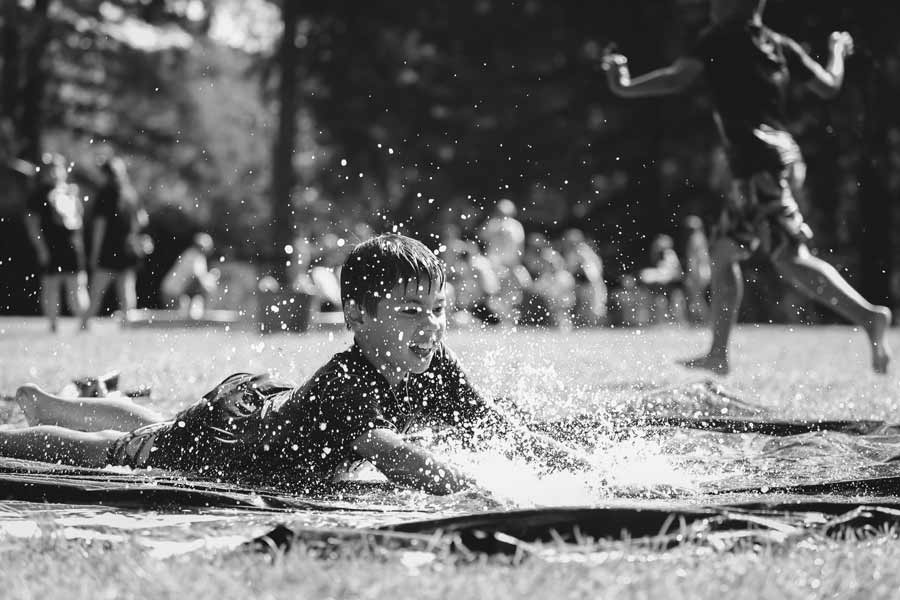Is the popular, homegrown tank remedy the solution to your misreading tank sensor problems?
Almost every RVer complains about their holding tanks. It seems that no matter how new (or old!) the RV is, the tank sensors just don’t read accurately (if at all).
It’s probably the number one question we get asked: How can we get our sensors working again?
Our recommendation is to have your tanks professionally cleaned and then to follow the right practices to keep them that way. In about 19 out of 20 cases, our hydrojetting process can get your sensors functioning properly again. But if you fall back into the habits that got them misreading, you’ll soon be frustrated.
We get asked about the GEO method a lot. So what is it and does it work?
Tank sensors
First, let’s talk a bit about how your tank’s sensors are designed and work. Most RV tank sensors have four (sometimes, five) probes that stick into the tank. When water (or other liquid) touches a probe, it completes a circuit and turns on the appropriate LED light on your sensor panel to indicate the relative level of fullness of the tank.
It’s a very poorly designed system (though cheap to produce and install, thus why it’s widely used). The probes have a tendency to allow sediment, slime, toilet paper, and other crud to cover them. They are notorious for getting fouled up and misreading. And getting — and keeping — them clean is difficult.
Cleaners, chemicals, enzymes, and biologicals
There are a ton of these out there. Pods, liquids, and powders, in every color you can imagine. Sometimes you pour a ton in, other times, it’s a capful.
The problem with all of these is that they are actually creating the problem. They’re doing the job they are intended to do; breaking down the waste in your tanks (especially, your black tank). And that resulting slurry of pancake batter-like mixture is that it coats those sensor probes and prevents them from reading accurately.
The GEO method
This method of cleaning your holding tanks requires only two ingredients: Calgon water softener and Dawn (or any other brand) dish detergent. It used to also include chlorine bleach, but that’s pretty caustic and can ruin your tank’s valves and seals.
The Calgon helps to break down water surface tension, cleaning scum and preventing hard mineral deposits. Some people use Borax, though that’s a bit more caustic and, in our opinion, should be avoided due to it’s high alkaline content.
The Dawn detergent dissolves oils (which we’ll talk about in a bit) and cuts “grime.” We’re not sure that that actually is and. honestly, we don’t like the addition of a detergent to this solution.
Why?
No detergent needed
The GEO Method is simple: Calgon and detergent, like Dawn liquid. In our opinion, the detergent (Dawn, or, sometimes, Tide or another dish cleaning or laundry liquid) isn’t needed. In fact, by breaking up oils, it tends to increase the tendency of already slippery tank and pipe surfaces to hold onto debris.
What do we recommend?
Our recommendation is very close to the GEO method: Calgon water softener (and not Borax), for sure, but also the addition of Pine-Sol disinfectant/cleaner. It doesn’t break down oils as much as the Dawn detergent does, has a stronger, more pleasant smell (you can use any scent), and has a disinfectant property.
- Here’s how to make your own:
- Purchase or find a clean, one-gallon (128-ounce) bottle
- Pour in 40 ounces of Pine-Sol (generic or alternative pine-based cleaners can also be used)
- Pour in 4 ounces of Calgon (we like the bath beads)
- SLOWLY pour in water to fill the one-gallon bottle (it will foam like crazy and take time to fill completely)
- Gently shake
For most holding tanks (both black AND gray; 30-50 gallons in capacity), pour in four ounces (1/2 cup) EVERY time you empty your holding tanks. A one-gallon bottle of this solution will give you about 50 tank treatments, all for a cost of roughly ten dollars.

